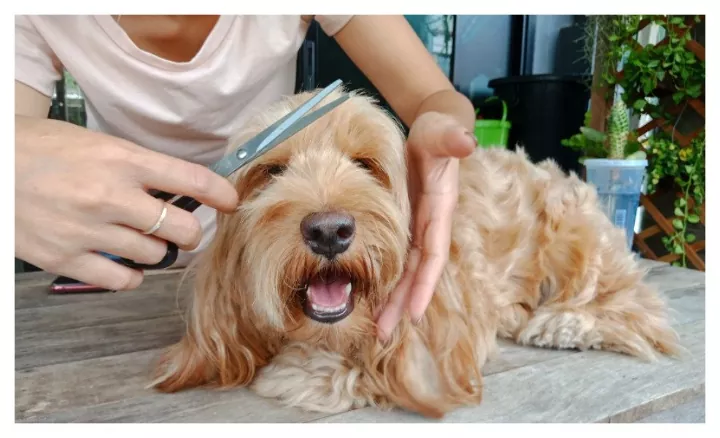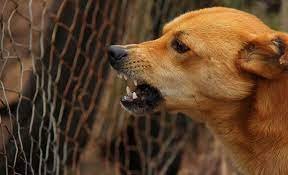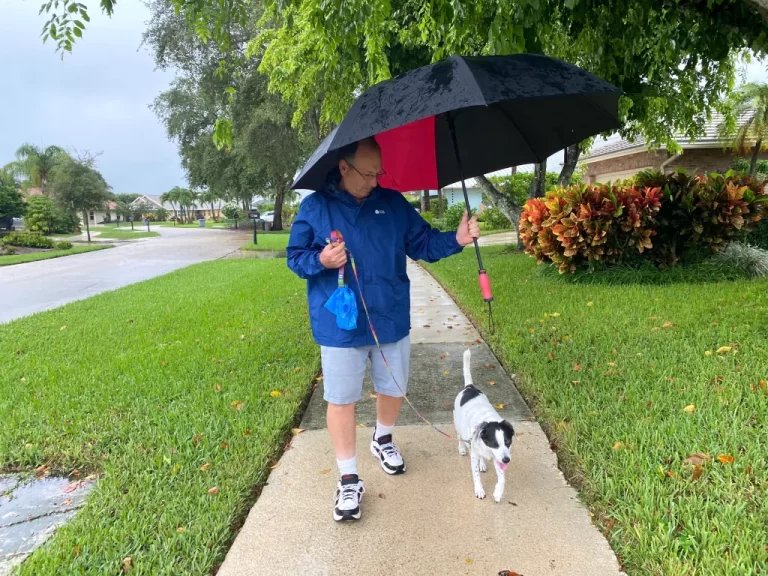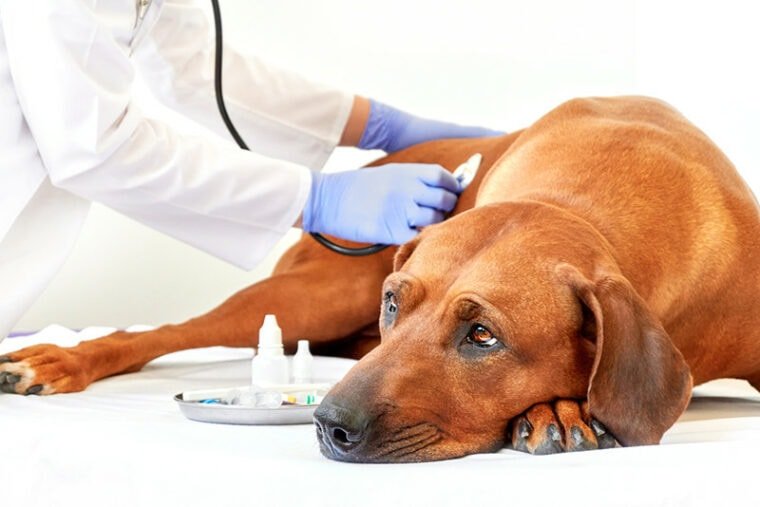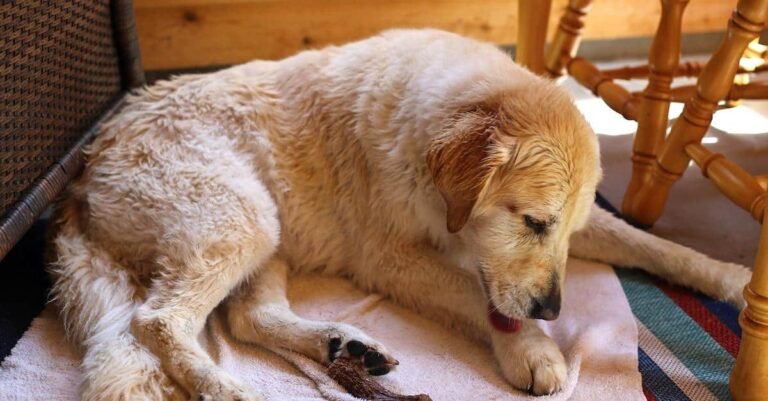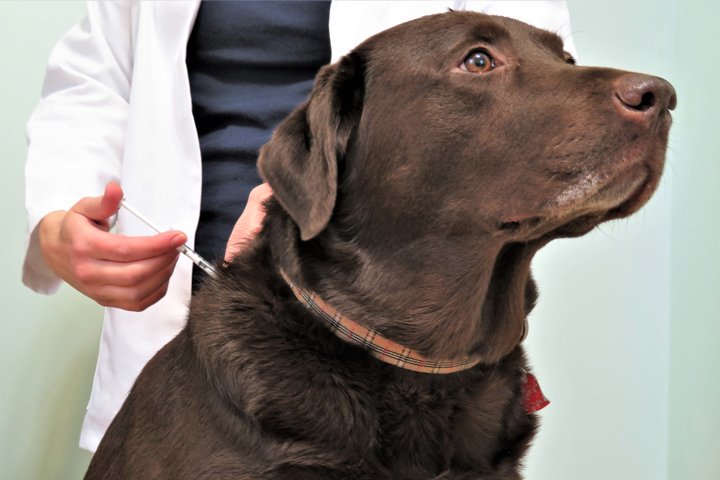Know How To Groom Your Dog At Home Easily
How do you groom a dog step by step?
Here are some general steps for grooming a dog:
- Brushing: Start by brushing your dog’s coat to remove any tangles or mats. Use a brush or comb that is appropriate for your dog’s coat type.
- Bathing: If your dog needs a bath, fill a tub or sink with warm water and use a dog-specific shampoo. Wet your dog thoroughly, lather the shampoo all over their body, and rinse thoroughly.
- Drying: Towel-dry your dog as much as possible, and then use a blow dryer on a low setting to finish drying them. Make sure the blow dryer is not too hot and keep it moving so you don’t overheat your dog.
- Trimming nails: Use dog-specific nail clippers to trim your dog’s nails. Be careful not to cut the quick, which is the pink part of the nail that contains blood vessels and nerves.
- Cleaning ears: Use a cotton ball or pad and a dog-specific ear cleaner to clean your dog’s ears. Be gentle and avoid pushing anything deep into the ear canal.
- Brushing teeth: Use a dog-specific toothbrush and toothpaste to brush your dog’s teeth. Start slowly and be patient if your dog is not used to having their teeth brushed.
- Trimming hair: If your dog has long hair, you may need to trim it around their eyes, ears, and paws. Use scissors or clippers, but be careful not to cut your dog’s skin.
- Checking for fleas and ticks: While you’re grooming your dog, check their skin for any signs of fleas or ticks. If you find any, use a dog-specific flea and tick treatment to get rid of them.
These are some general steps for grooming a dog, but the specific grooming needs of your dog will depend on their breed, coat type, and health status. It’s a good idea to consult with a professional groomer or veterinarian for guidance on how to groom your particular dog.
Is it OK to groom your own dog?
Yes, it is generally okay to groom your own dog. Many dog owners groom their dogs at home, either to save money on professional grooming services or to bond with their pet. However, it’s important to keep in mind that grooming a dog does require some knowledge and skill, especially when it comes to trimming nails, trimming hair, and cleaning ears.
If you’re new to grooming your dog, it’s a good idea to do some research and get advice from a professional groomer or veterinarian. You can also consider taking a dog grooming class to learn proper techniques and safety procedures.
In addition, some dogs may require more frequent or specialized grooming than others. For example, dogs with long or curly hair may need regular brushing and trimming to prevent mats and tangles, while dogs with floppy ears may be more prone to ear infections and need regular cleaning.
If you’re not comfortable grooming your own dog, or if your dog has specific grooming needs, you can always take them to a professional groomer for help. A professional groomer can provide a wide range of grooming services, from baths and haircuts to nail trimming and ear cleaning.
What is basic grooming for dogs?
Basic grooming for dogs includes:
- Brushing: Regular brushing helps to remove loose hair, dirt, and tangles from your dog’s coat. It can also help distribute natural oils throughout their coat and promote healthy skin.
- Bathing: Dogs should be bathed as needed, but not too frequently, as excessive bathing can strip their skin of natural oils. Use a dog-specific shampoo and rinse thoroughly to avoid skin irritation.
- Nail trimming: Trim your dog’s nails regularly to keep them from becoming too long, which can cause discomfort and affect their gait. Use dog-specific nail clippers and avoid cutting the quick, which is the pink part of the nail that contains blood vessels and nerves.
- Ear cleaning: Regular ear cleaning can help prevent ear infections and keep your dog’s ears healthy. Use a dog-specific ear cleaner and cotton balls or pads to clean the visible part of the ear, being careful not to push anything deep into the ear canal.
- Teeth brushing: Brushing your dog’s teeth regularly can help prevent dental problems such as tartar buildup and gum disease. Use a dog-specific toothbrush and toothpaste and be patient if your dog is not used to having their teeth brushed.
- Hair trimming: Depending on your dog’s breed and coat type, they may need regular trimming or grooming to keep their hair from becoming matted or tangled. Use scissors or clippers, but be careful not to cut your dog’s skin.
These are some basic grooming tasks that are important for most dogs. However, the specific grooming needs of your dog will depend on their breed, coat type, and health status. It’s a good idea to consult with a professional groomer or veterinarian for guidance on how to groom your particular dog.
What Age Should dog be groomed?
Dogs can be groomed at any age, but the timing and frequency of grooming will depend on the breed and coat type of the dog. Generally, puppies can start being introduced to grooming as early as 8-12 weeks old, with gentle brushing and handling to help them get used to the process.
However, puppies should not be given full grooming sessions until they have had all of their vaccinations and are fully protected against infectious diseases. This is usually around 4-6 months of age, depending on the vaccination schedule recommended by your veterinarian.
After your dog has received all of their vaccinations, you can begin to schedule regular grooming sessions based on their individual needs. Some breeds, such as Poodles and Bichon Frises, require frequent grooming to maintain their coats, while others, such as Labrador Retrievers, have lower grooming requirements.
In addition, older dogs may require more frequent grooming to keep their coats and skin healthy, especially if they have mobility issues or are unable to groom themselves as thoroughly as they used to.
Overall, it’s important to start introducing your dog to grooming early on and to establish a regular grooming routine based on their individual needs. Consulting with a professional groomer or veterinarian can also provide guidance on the best grooming practices for your specific dog.
Do you bathe a dog before grooming?
It’s generally a good idea to bathe a dog before grooming, especially if they have a lot of dirt, debris, or mats in their coat. Bathing can help loosen up mats and make it easier to groom the dog’s coat. It can also help remove loose hair, dirt, and debris that can get tangled in grooming tools.
However, it’s important to make sure that the dog’s coat is completely dry before starting to groom them. Wet hair can be more difficult to trim or style, and it can also clog grooming tools. If the dog’s coat is not completely dry, use a blow dryer on a low or cool setting to dry the coat before grooming.
In addition, it’s important to use a dog-specific shampoo and conditioner when bathing a dog before grooming. Human shampoos can be too harsh for a dog’s sensitive skin and can cause irritation or dryness. A dog-specific shampoo can help clean the coat while also promoting healthy skin and a shiny coat.
Overall, while it’s not strictly necessary to bathe a dog before grooming, doing so can make the grooming process easier and more effective. It’s important to use the right tools and products, and to make sure the dog’s coat is completely dry before starting to groom them.
What dog needs the most grooming?
Some dog breeds require more grooming than others due to their coat type, length, and texture. Here are some dog breeds that typically require more grooming:
- Poodle: Poodles have a curly, hypoallergenic coat that requires frequent grooming to prevent matting and tangling. They typically need to be brushed every day and clipped every 6-8 weeks.
- Bichon Frise: Bichon Frises have a fluffy, curly coat that requires frequent grooming to prevent matting and tangling. They typically need to be brushed every day and clipped every 4-6 weeks.
- Shih Tzu: Shih Tzus have a long, silky coat that requires frequent grooming to prevent matting and tangling. They typically need to be brushed every day and clipped every 4-6 weeks.
- Yorkshire Terrier: Yorkshire Terriers have a long, silky coat that requires frequent grooming to prevent matting and tangling. They typically need to be brushed every day and clipped every 4-6 weeks.
- Afghan Hound: Afghan Hounds have a long, flowing coat that requires frequent grooming to prevent matting and tangling. They typically need to be brushed every day and bathed and trimmed every 6-8 weeks.
- Old English Sheepdog: Old English Sheepdogs have a thick, shaggy coat that requires frequent grooming to prevent matting and tangling. They typically need to be brushed every day and bathed and trimmed every 6-8 weeks.
Overall, these breeds and others with similar coat types require more grooming than breeds with short, smooth coats, such as Beagles or Boxers. It’s important to understand the specific grooming needs of your dog’s breed and coat type to ensure they stay healthy and comfortable.
How often should an indoor dog be groomed?
The frequency of grooming for an indoor dog can vary depending on the breed, coat type, and personal preferences. Here are some general guidelines for grooming an indoor dog:
- Brushing: All dogs should be brushed regularly to remove loose hair and prevent matting. For most dogs, brushing once a week is sufficient. However, breeds with longer hair or thicker undercoats may require more frequent brushing.
- Bathing: Dogs should be bathed as needed, which can vary depending on how dirty they get and their skin and coat type. Generally, most dogs only need to be bathed every 2-3 months, unless they have skin issues or are particularly prone to getting dirty.
- Nail trimming: Dogs’ nails should be trimmed every 4-6 weeks to prevent overgrowth, which can lead to discomfort or difficulty walking.
- Ear cleaning: Dogs’ ears should be cleaned regularly to prevent infections. Depending on the dog’s breed and ear shape, they may require weekly or monthly cleaning.
- Teeth brushing: Dogs’ teeth should be brushed regularly to prevent dental problems. Most dogs can have their teeth brushed every 2-3 days.
Overall, it’s important to develop a grooming routine that works for your dog’s specific needs and preferences. Some dogs may require more or less grooming than others, depending on their coat type, activity level, and other factors. Regular grooming can help keep your dog healthy, comfortable, and looking their best.
What is the hardest part of dog grooming?
The hardest part of dog grooming can vary depending on the dog’s breed, coat type, and personality, as well as the groomer’s level of experience and skill. However, here are some aspects of dog grooming that are generally considered to be more challenging:
- Dealing with matted hair: Dogs with long, curly, or thick coats are prone to matting, which can be difficult and time-consuming to remove. Groomers may need to use specialized tools and techniques to gently remove mats without injuring the dog or causing discomfort.
- Trimming nails: Trimming a dog’s nails can be challenging, especially if the dog is anxious or resistant to having their feet handled. Groomers need to be careful not to cut the nails too short, which can cause pain and bleeding.
- Handling aggressive or nervous dogs: Some dogs may be fearful, aggressive, or nervous during the grooming process, which can make it difficult to work with them safely and effectively. Groomers may need to use calming techniques, such as treats or gentle handling, to help the dog feel more comfortable.
- Grooming sensitive areas: Some dogs may be sensitive or reactive when groomers work on sensitive areas, such as the ears, eyes, or anal glands. Groomers need to be gentle and patient while working on these areas to avoid causing pain or discomfort.
Overall, dog grooming can be a challenging and rewarding job that requires skill, patience, and a love of dogs. It’s important for groomers to stay up-to-date on the latest grooming techniques and equipment to provide the best possible care for their furry clients.
Do dogs feel different after being groomed?
Dogs may feel different after being groomed, depending on the individual dog and the extent of the grooming. Here are some common ways that dogs may feel after being groomed:
- Cleaner and fresher: Dogs who have had a bath or been groomed may feel cleaner and fresher, which can be a relief if they were dirty or had a strong odor.
- Lighter and more comfortable: Dogs who have had their hair trimmed or fur thinned may feel lighter and more comfortable, especially if they had heavy or matted coats that were causing discomfort or overheating.
- Happier and more energetic: Some dogs may feel happier and more energetic after being groomed, especially if they were anxious or uncomfortable before the grooming. The grooming process can be relaxing and enjoyable for some dogs, and they may be more playful and active afterward.
- Sensitive or uncomfortable: Some dogs may feel sensitive or uncomfortable after being groomed, especially if they had sensitive areas worked on, such as their ears, eyes, or anal glands. They may need time to adjust to the new sensations and may need extra attention and care from their owners.
Overall, most dogs feel better after being groomed, as it can help them look, feel, and smell their best. It’s important for owners to provide their dogs with plenty of love, attention, and positive reinforcement after grooming to help them feel comfortable and happy.
How do you groom a difficult dog at home?
Grooming a difficult dog at home can be a challenging task, but with patience, positive reinforcement, and the right approach, it can become a more manageable experience. Here are some tips for grooming a difficult dog at home:
- Start Slowly:
- Introduce grooming activities gradually, starting with short sessions. Allow your dog to get used to the grooming tools, such as brushes, combs, or nail clippers, without immediately attempting to groom.
- Positive Reinforcement:
- Use positive reinforcement techniques to reward your dog for calm behavior during grooming. Offer treats, praise, or playtime as a reward for cooperation. This helps create a positive association with grooming.
- Desensitization:
- Desensitize your dog to the grooming tools and process by exposing them to the tools without using them initially. Let your dog sniff and explore the tools to reduce anxiety.
- Regular Handling:
- Regularly handle different parts of your dog’s body, including paws, ears, and tail, to get them accustomed to being touched. This helps reduce sensitivity during grooming.
- Use Proper Tools:
- Choose grooming tools that are appropriate for your dog’s coat type and size. If your dog has mats or tangles, use a detangling spray or a mat splitter to gently work through the knots.
- Break the Grooming Session:
- Break the grooming session into shorter segments to avoid overwhelming your dog. If your dog becomes stressed or agitated, take a break and resume later.
- Stay Calm and Patient:
- Dogs can sense their owner’s emotions. Stay calm, patient, and avoid displaying frustration or impatience. Speak to your dog in a soothing tone.
- Use Treats and Distractions:
- Use treats to reward good behavior during grooming. Provide a special toy or a puzzle feeder to keep your dog distracted and occupied during the grooming process.
- Have a Helper:
- Enlist the help of a friend or family member if your dog is particularly difficult during grooming. Having an extra pair of hands can make the process smoother.
- Consider Professional Help:
- If grooming at home remains challenging, consider seeking the assistance of a professional groomer or a veterinary professional. They have experience handling difficult dogs and can provide guidance.
- Choose the Right Environment:
- Select a quiet and comfortable environment for grooming. Minimize distractions and choose a space where your dog feels at ease.
- Regular Maintenance:
- Perform regular maintenance grooming to prevent mats, tangles, and excessive hair. This reduces the need for more extensive grooming sessions.
If your dog’s resistance to grooming persists or if you encounter difficulty in specific areas, consider consulting with a professional dog trainer or a veterinary behaviorist for additional guidance. It’s crucial to prioritize your dog’s well-being and make grooming a positive experience.
